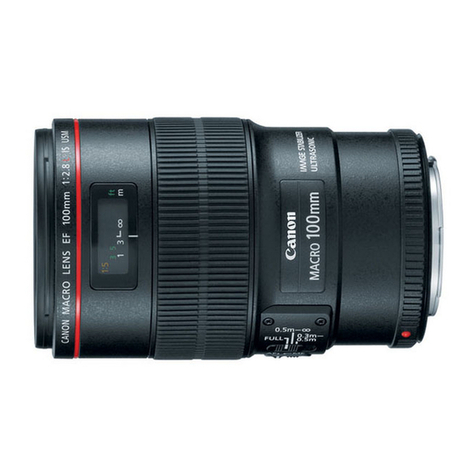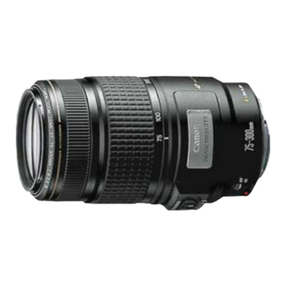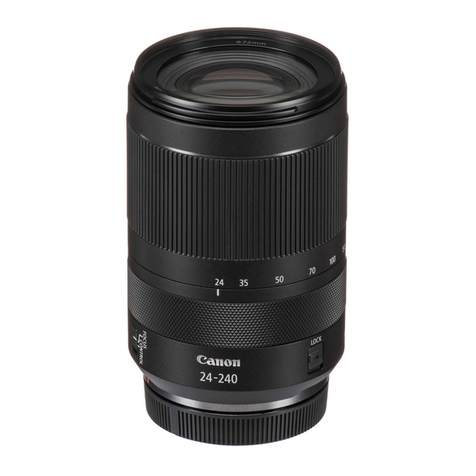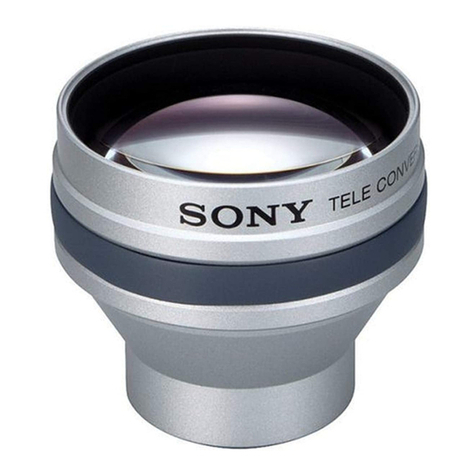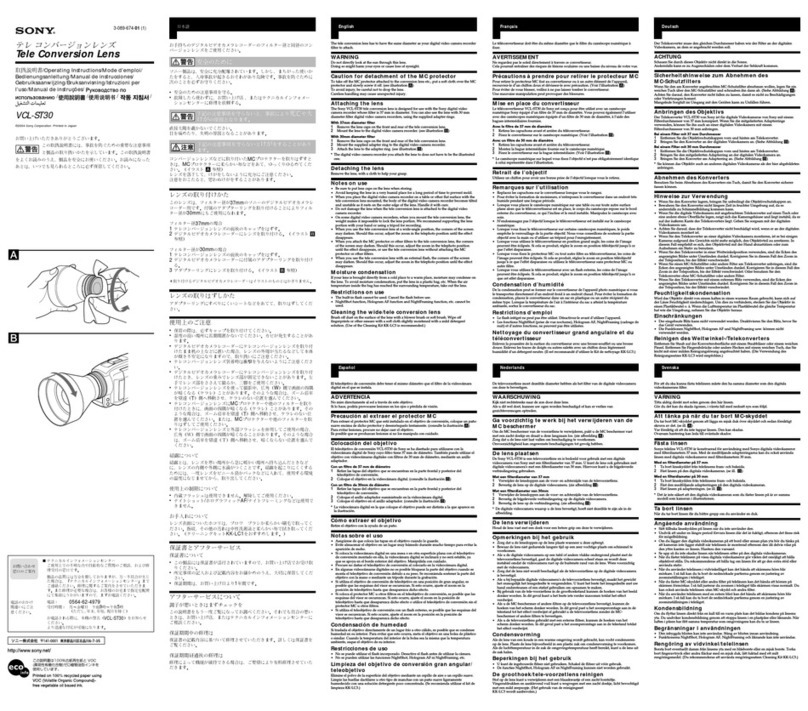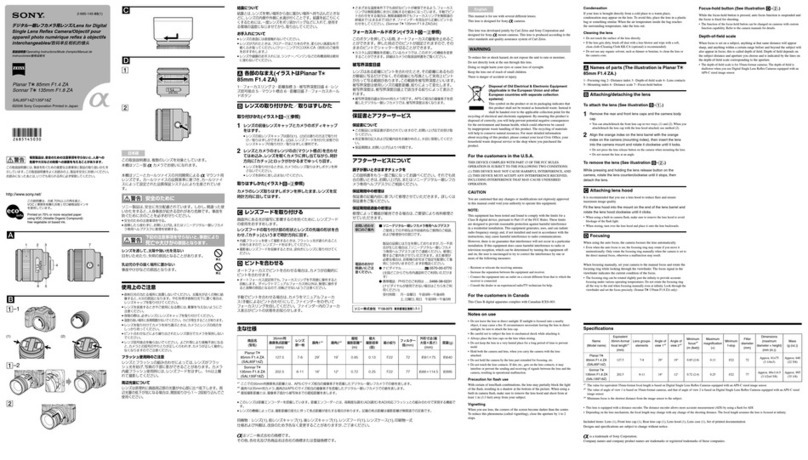Canon EF-S18-55mm f/3.5-5.6 IS STM User manual
Other Canon Camera Lens manuals
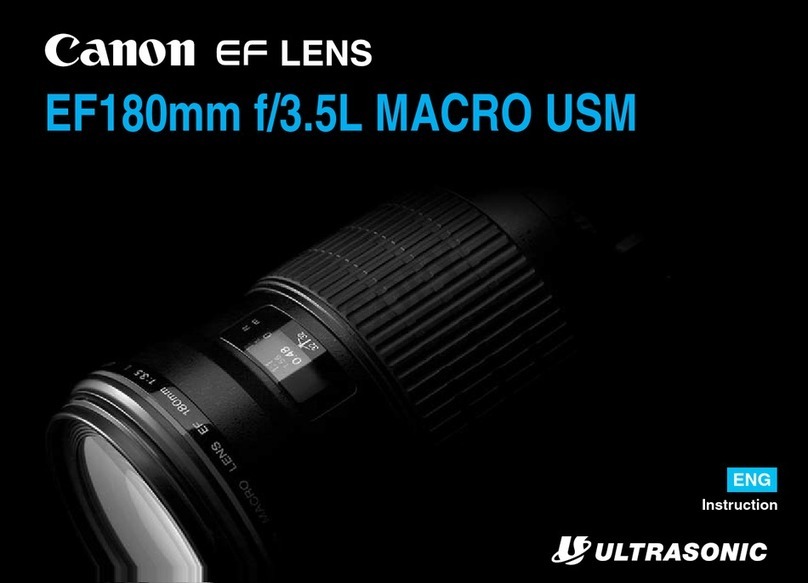
Canon
Canon EF 180mm f/3.5L MACRO USM User manual
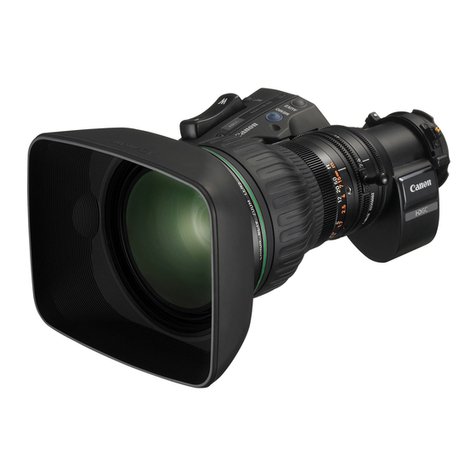
Canon
Canon ITS-ME User manual

Canon
Canon ULTRASONIC EF85MM F User manual
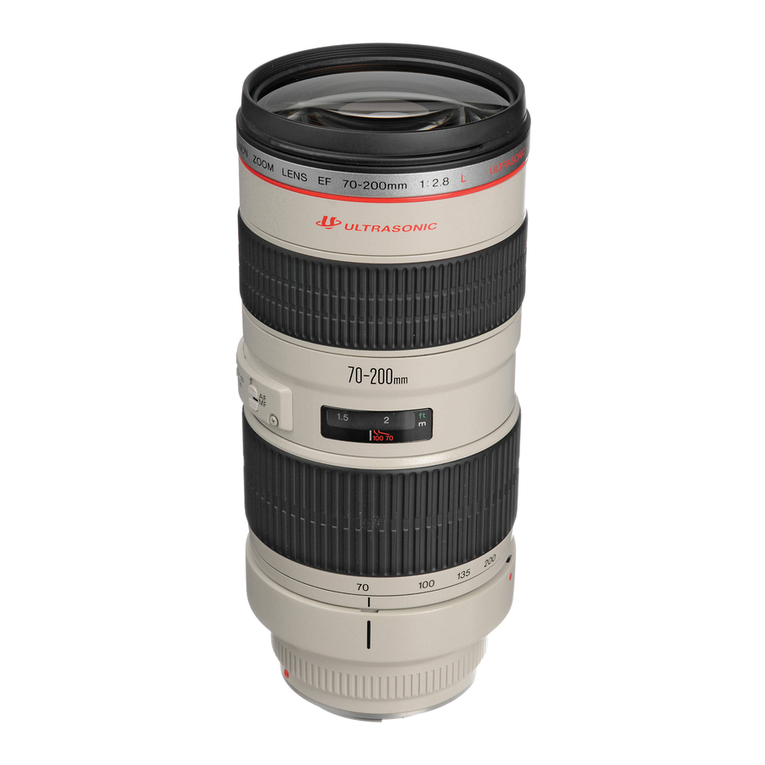
Canon
Canon EF 70-200mm 1:2.8 L USM Instruction Manual
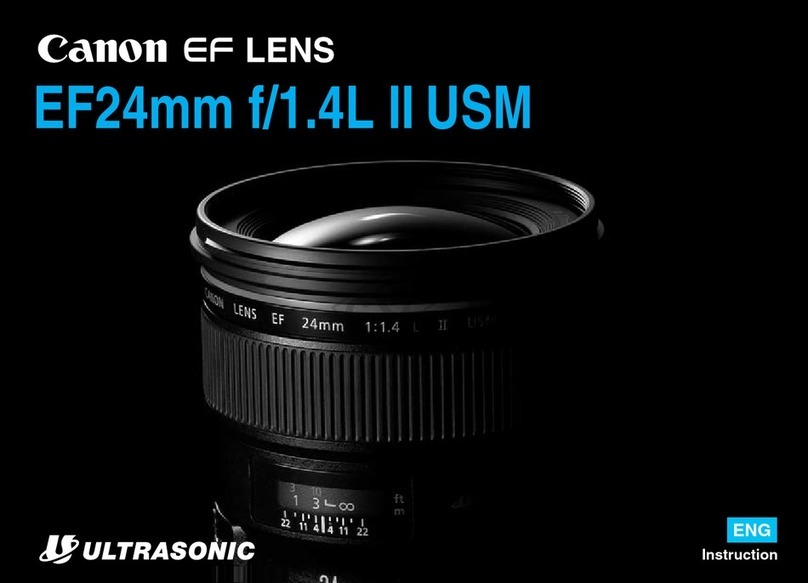
Canon
Canon EF 24mm f/1.4L II USM User manual

Canon
Canon YJ12x6.5B IRS-A User manual

Canon
Canon EF 35mm 1:2.0 Instruction Manual
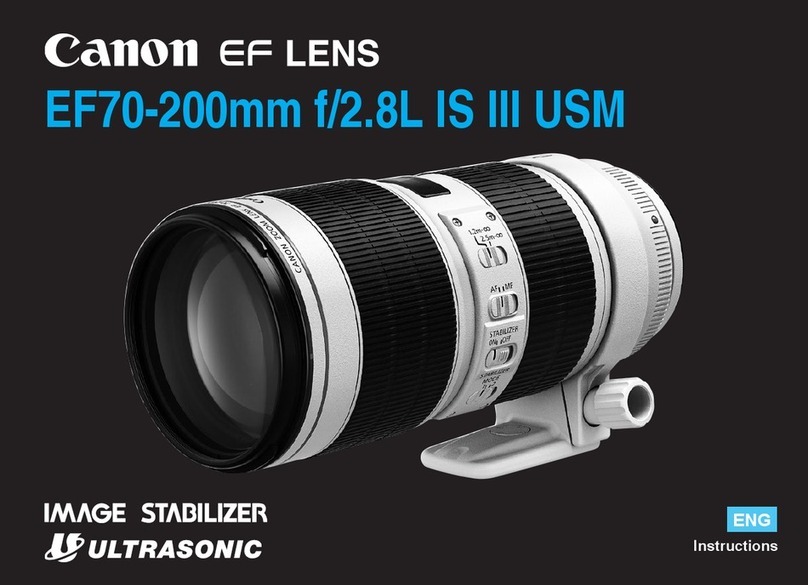
Canon
Canon EF 70-200mm f/2.8L IS II USM User manual
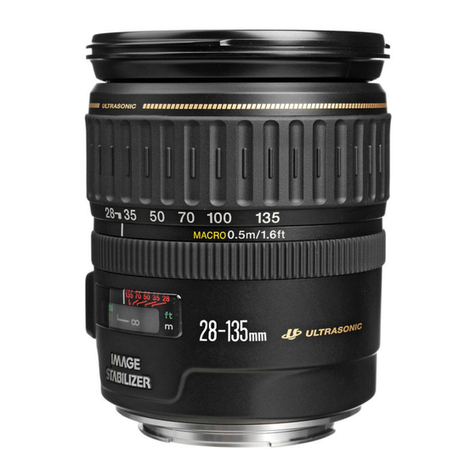
Canon
Canon EF28-135mm f/3.5-5.6 IS USM Instruction Manual

Canon
Canon EF 100-400mm f/4.5-5.6L IS USM Instruction Manual

Canon
Canon EF 50mm 1:1.8 II Instruction Manual
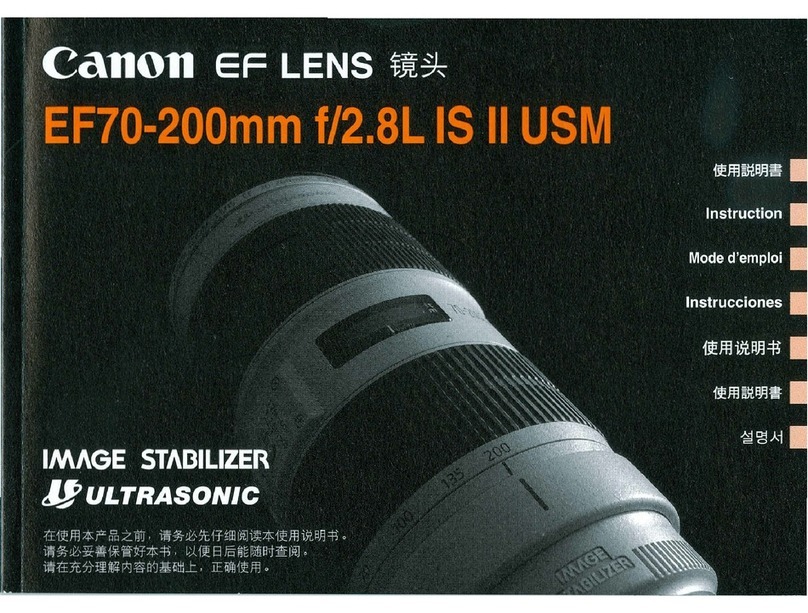
Canon
Canon EF 70-200mm f/2.8L IS II USM User manual
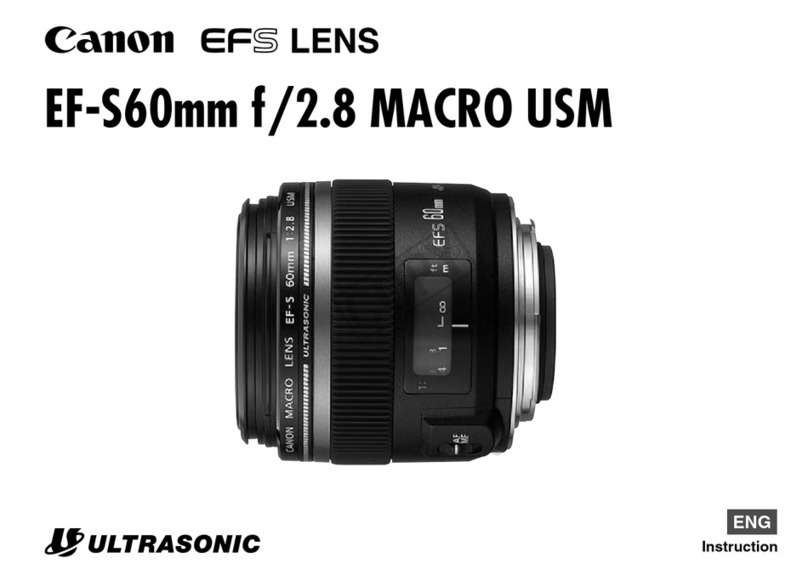
Canon
Canon EF-S 60mm f/2.8 Macro USM User manual
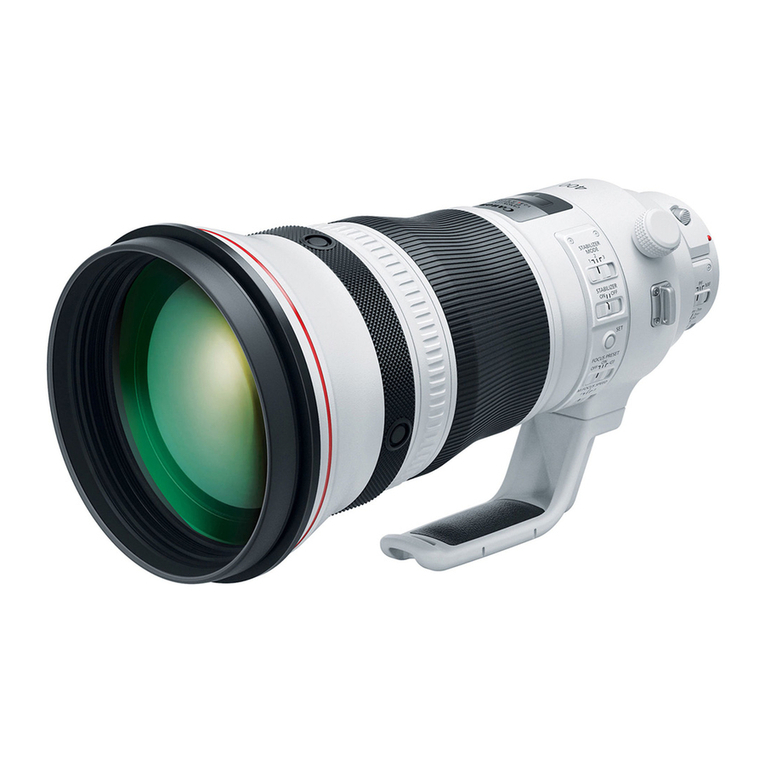
Canon
Canon EF 400mm f/2.8L IS II USM User manual

Canon
Canon CN7x17 KAS S/E1 User manual

Canon
Canon CN-E45-135mm T2.4 L F User manual

Canon
Canon HJ17ex7.6B IRSE A User manual

Canon
Canon 3447C002 User manual
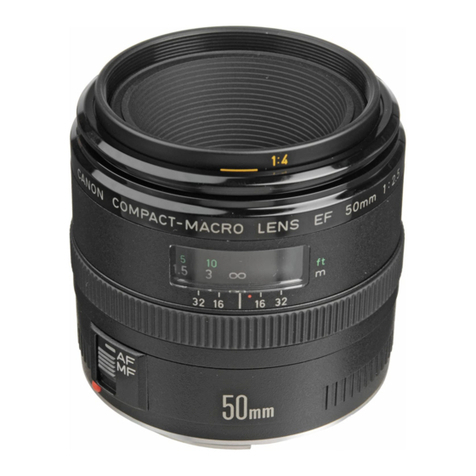
Canon
Canon EF 100mm f/2.8 Macro USM User manual
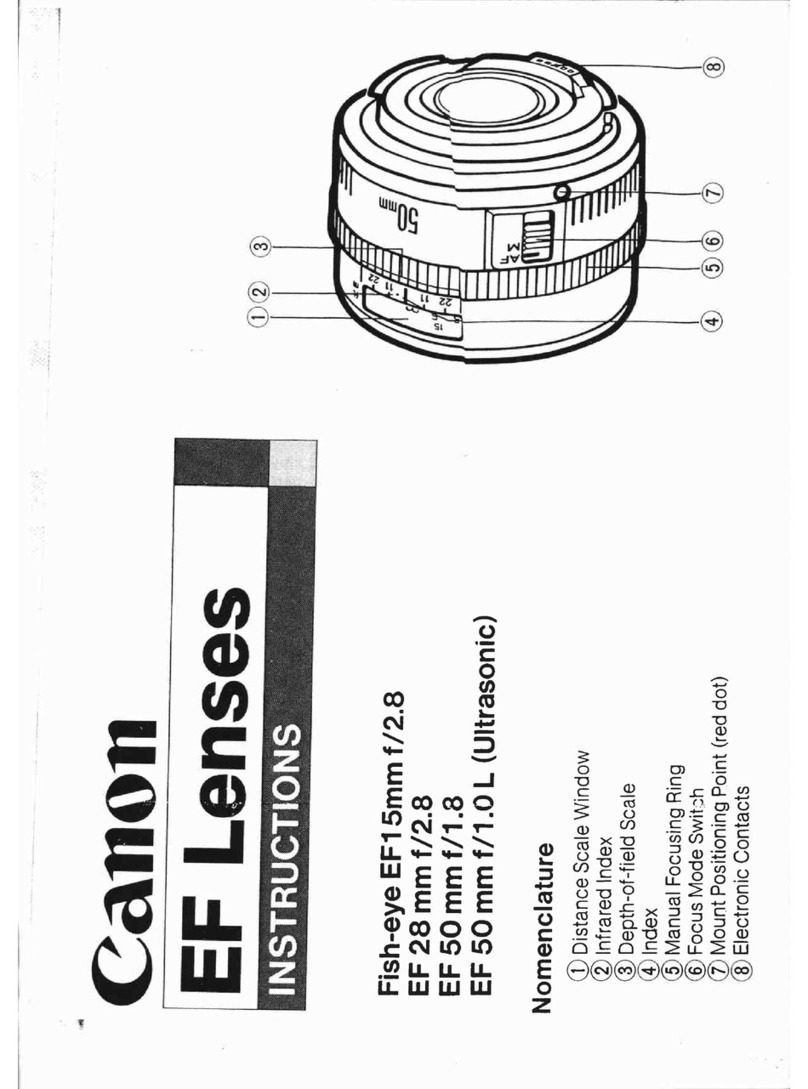
Canon
Canon Digital Camera Solution Disk Version 8 User manual
